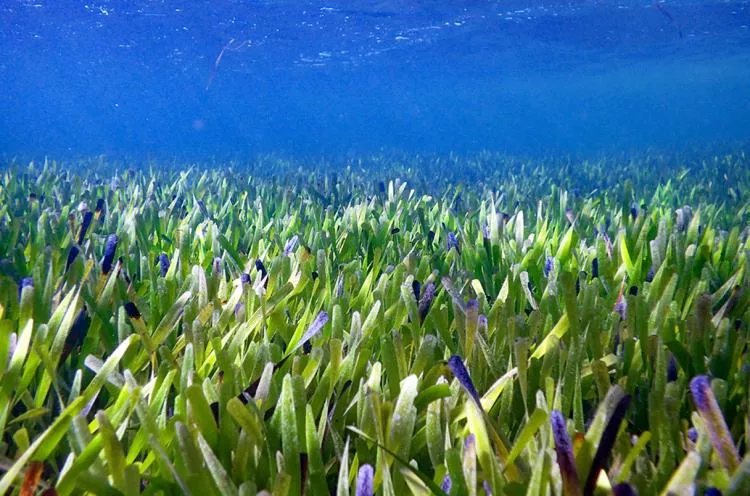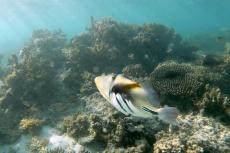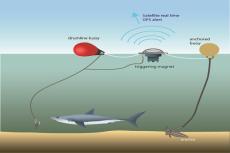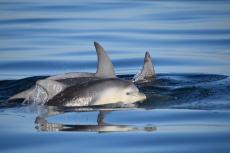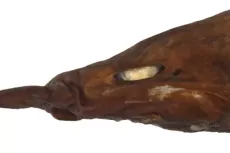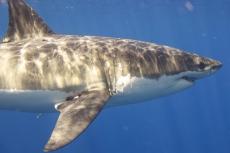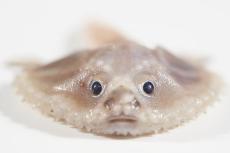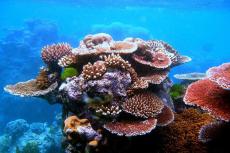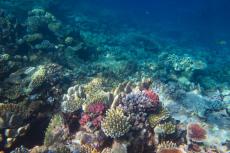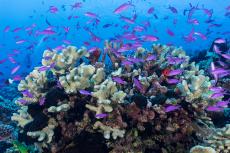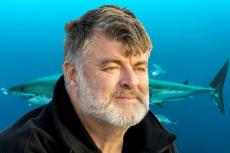Single seagrass plant stretches 180km
Seagrass meadow stemming from a single hybrid plant has extended its reach across more than 180 kilometres. This makes it the world’s largest known plant.
Large, perennial, seagrass meadows of the Poseidon’s ribbon weed and the wire weed (Amphibolis antarctica) dominate much of the marine ecosystem in the UNESCO World Heritage Site of Shark Bay, Australia.
Two years ago, scientists discovered some of the seagrass there was a clone of a Poseidon’s ribbon weed (Posidonia australis) that had 40 chromosomes instead of the typical 20. They think half those chromosomes may come from the ribbon weed and half from an unknown species.
“Our project began when researchers wanted to understand how genetically diverse the seagrass meadows in Shark Bay were, and which plants should be collected for seagrass restoration,” said Dr. Elizabeth Sinclair, an evolutionary biologist in the School of Biological Sciences and the Oceans Institute at the University of Western Australia and the Kings Park Science.
“We often get asked how many different plants are growing in seagrass meadows and this time we used genetic tools to answer it. The answer blew us away — there was just one! "
Among the oldest organisms
Based on its size and growth rate, the team suspects the clone arose 4500 years ago and has been spreading ever since. That would also make it among the oldest organisms on Earth.
The new polyploid clone probably formed in shallow waters after the inundation of Shark Bay less than 8500 years ago and subsequently expanded via vegetative growth into newly submerged habitats.
Polyploidy is the heritable condition of possessing more than two complete sets of chromosomes. Polyploids are common among plants, as well as among certain groups of fish and amphibians. For instance, some salamanders, frogs, and leeches are polyploids.
Whole-genome duplication through polyploidy is a widely repeated mechanism of significant diversification throughout the evolutionary history of flowering plants.


